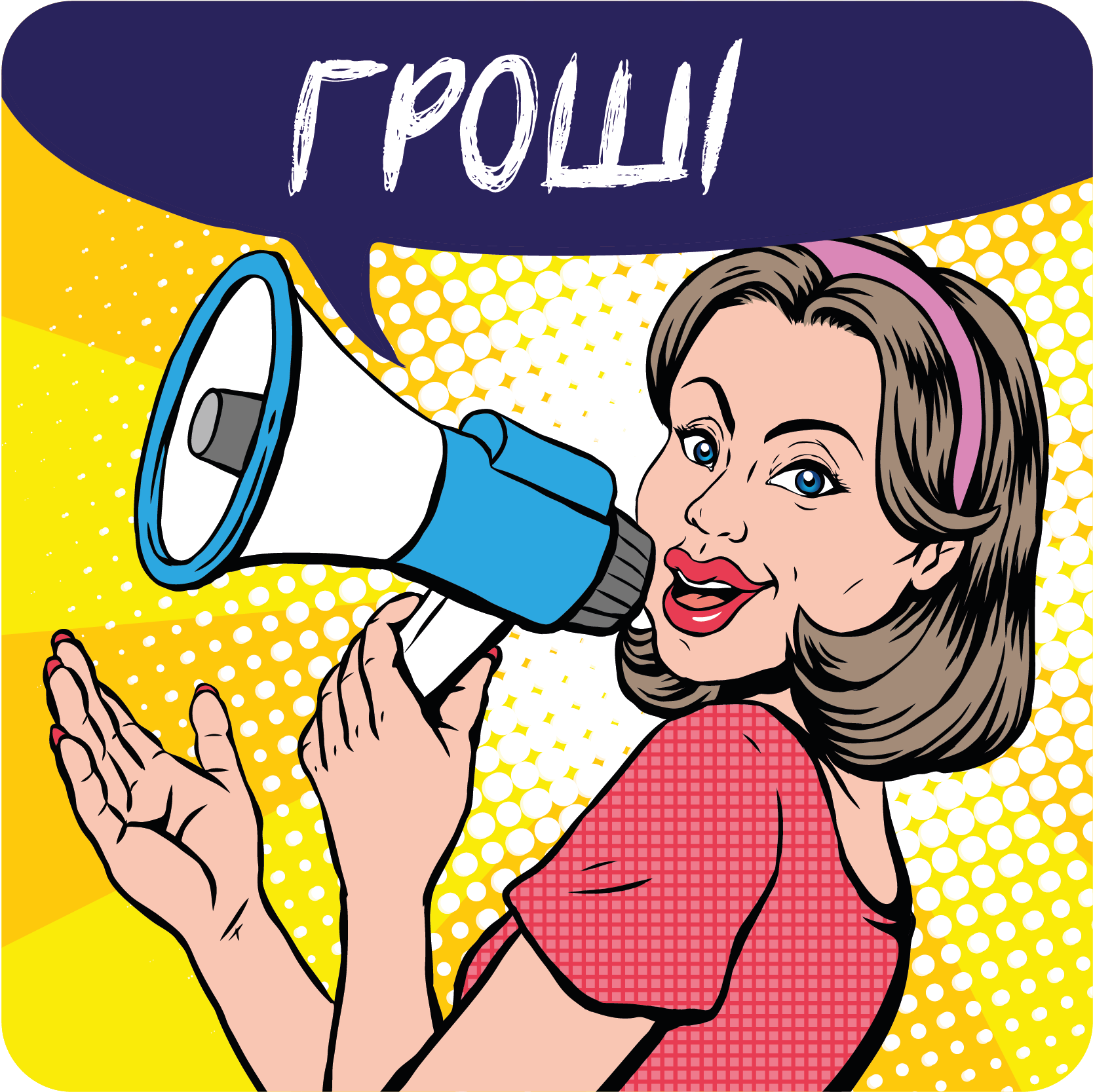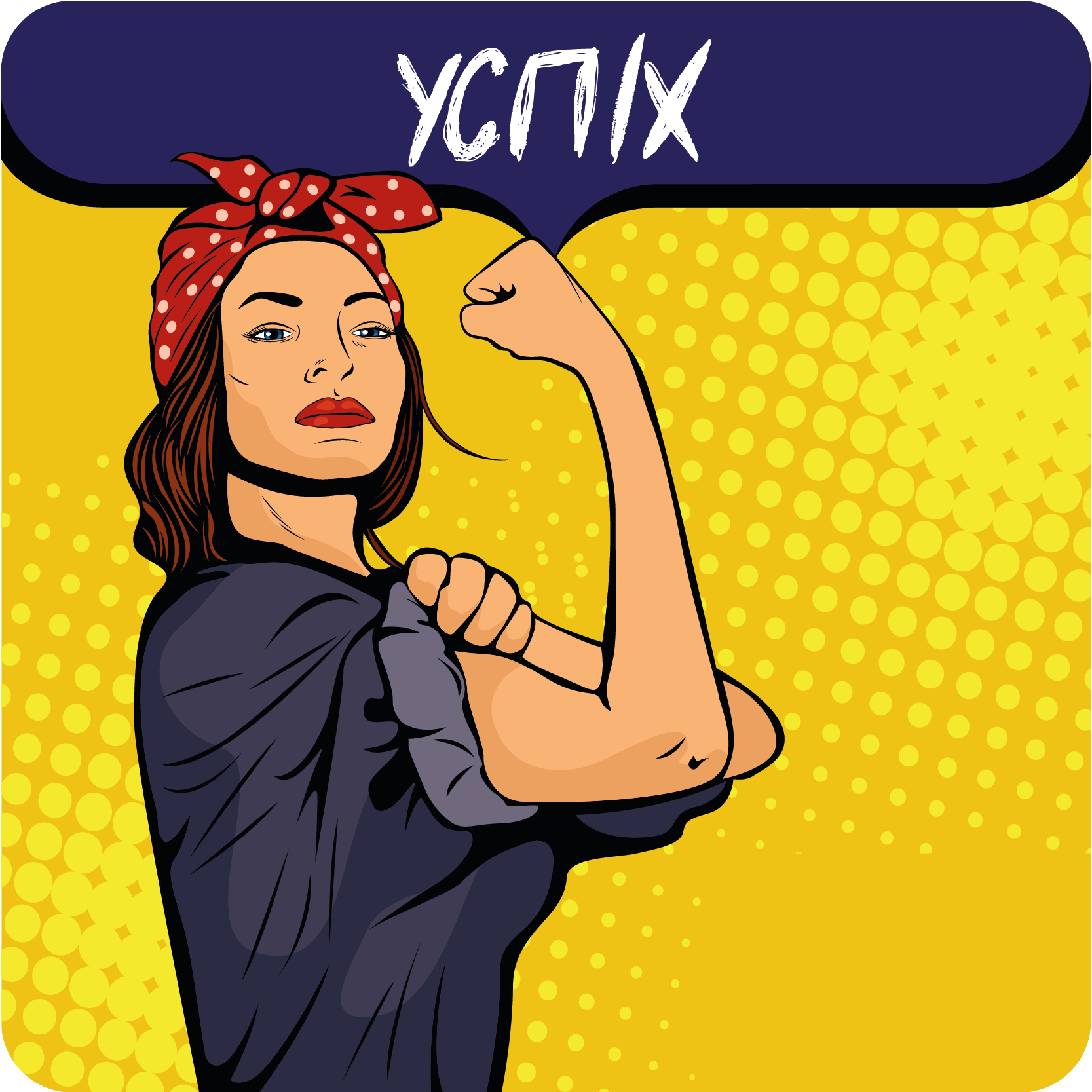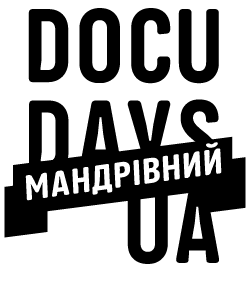


Світ та мирні революції(англ.)
14.04.2009
Twenty years past after most significant peaceful revolution in the world.
I was 16 back then and will never forget the moment - it was a cold and grey November day. The TV was on and a dry-voiced announcer read the news about the Fall of the Berlin Wall. That news moved the world. The peaceful revolution in eastern Germany and the following reunification are historically unique. The events twenty years ago triggered a dynamic change in Germany that is reflected throughout the country.
Today, all over Germany, the perspective of the past in a new present can be found and makes it a fascinating travel destination, a country where East and West come together. To celebrate the 20th anniversary of “The Fall of the Wall,” cities from Berlin to Leipzig will be hosting special festivals, exhibitions and events.
From the very beginning, the Berlin Wall fell under the spotlight of world politics. On 26 June 1963, the US President John F. Kennedy visited Berlin and uttered the now famous words: “All free men, wherever they may live, are citizens of Berlin, and, therefore, as a free man, I take pride in the words: Ich bin ein Berliner.” Twenty-four years later, at the city’s Brandenburg Gate, President Ronald Reagan, called on Mikhail Gorbachev, General Secretary of the Soviet Union, to “tear down this wall!” Now Germany is EUROPE’S most powerful country.
Successful political revolutions in the last three decades have been dominated by masses of unarmed people. They have challenged the present political establishment and refused to obey orders, often at central places in the capitals. Different from the traditional armed guerillas confronting the state army these movements have not used deadly means, not even when confronted with violent police and militaries.
These cases are on crucial points different from the traditional revolutions like the French, Russian, Chinese or Cuban ones. A revolution is a social change that happens relatively fast and in which a society goes from one social system to another. It is distinguished from a “reform” by being carried out outside the established channels for societal changes (parliament, constitution etc) and can take place in any combination of the political, cultural or economic systems in a society.
If all these three social systems are changed simultaneously we may talk of a social revolution. Most of the peaceful revolutions are limited to the political system, but with frequent unintended effect on the economical system as well.
History: The GDR 1989 After the important changes in Poland, many opposition movements in other East European countries were energized and inspired in their struggles. East Germany was one of the first countries to see the opportunity for change. After a reformed border was opened from Hungary, a growing number of East Germans began emigrating to West Germany via Hungary’s border with Austria.
By the end of September 1989, more than 30,000 East Germans had escaped to the West before the GDR denied travel to Hungary, leaving the CSSR (Czechoslovakia) as the only neighboring state where East Germans could travel. Thousands of East Germans tried to reach the West by occupying the West German diplomatic facilities in other Eastern European capitals, notably the Prague Embassy where thousands camped in the muddy garden from August to November.
The border to the CSSR was closed by the GDR in early October, too, by which time the GDR had isolated itself from all neighbors. Now being robbed the last chance for escape, remaining East Germans generated demands within East Germany for political change, and mass demonstrations with eventually hundreds of thousands of people in several cities — particularly in Leipzig — continued to grow in October.
On 6 October and 7 October, Gorbachev visited East Germany to mark the 40th anniversary of the German Democratic Republic, and urged the East German leadership to accept reform. A famous quote of his is rendered in German as “Wer zu spät kommt, den bestraft das Leben” (He who is too late is punished by life). However, the elderly Erich Honecker remained opposed to internal reform, with his regime even going so far as forbidding the circulation of Soviet publications that it viewed as subversive.
Faced with ongoing civil unrest, the ruling Socialist Unity Party (SED) deposed Honecker in mid-October, and replaced him with Egon Krenz. Also, the border to Czechoslovakia was opened again, but the Czechoslovak authorities soon let all East Germans travel directly to West Germany without further bureaucratic ado, thus lifting their part of the Iron Curtain on 3 November. Unable to stem the ensuing flow of refugees to the West through Czechoslovakia, the East German authorities eventually caved in to public pressure by allowing East German citizens to enter West Berlin and West Germany directly, via existing border points, on November 9, without having properly briefed the border guards.
Triggered by the erratic words of Günter Schabowski in a TV press conference, stating that the planned changes were “in effect immediately”, hundreds of thousands of people took advantage of the opportunity; soon new crossing points were opened in the Berlin Wall and along the border with West Germany. By December, Krenz had been replaced, and the SED’s monopoly on power had ended. This led to the acceleration of the process of reforms in East Germany that ended with the eventual reunification of East and West Germany that came into force on 3 October 1990.
The Kremlin’s willingness to abandon such a strategically vital ally marked a dramatic shift by the Soviet superpower and a fundamental paradigm change in international relations, which until 1989 had been dominated by the East-West divide running through Berlin itself. Many were involved in what happened in the fall of 1989 in East Germany, not all of them in public. Open files have made these events a little more transparent today, and the decisions to set up investigations and publicize material from these days have been important. The Enquete-Kommission (1999) has published internal discussions from many about how they reacted to the large-scale peaceful demonstrations.
The collection of internal documents from Germany in 1989-1990 edited by Küsters and Hofmann (1998) is also important in order to understand how the leaders in the U.S. and the Soviet Union reacted when the Berlin wall was removed.
When the first people managed to get permission to leave East Germany by train via Czechoslovakia in 1989, the communist leadership thought that it would get rid of the “troublemakers.” But more and more people took the opportunity to leave. At the same time, protests grew in several cities around the country. In Leipzig, protests and other actions in 1989 were led by the Protestant church. It is important to emphasize that it would be a great misinterpretation of what happened to focus only on civil resistance and nonviolence.
These are important and necessary elements, but they are not sufficient to explain what happened, although the means used had an important impact on the process as well as on the outcome of the revolutions in Eastern and Central Europe.
The importance of budget deficit, less support from Moscow, international diplomatic pressure, inspirations from Solidarity in Poland and glasnost/perestroika in Soviet Union must not be underestimated. These elements contributed to give people reasons for their resistance to the present regime and hope about a better future. One main factor was that they saw the effect of large scale nonviolent demonstrations.
These political tools give many more than young males the possibility to take part in the struggle and hence expanded the movement considerably.
Conclusions: What are the lessons to be learned from the case?
The most obvious common factor is the absence of violence by those who demand a change. Even with a more nuanced view on violence it is difficult to see the movement as a violent one. In most cases the leadership has actively argued against the use of violent means, even when met by brutal force from police and militaries.
The future: It is clear that mankind is ready for peaceful decision of all even the most difficult problems. So when international institutes will bump into another problem, we all have to remember the case of peaceful revolution in East Germany, it will help to save invaluable human lives. And as the example we have Germany - the country which has become the most powerful country in Europe after its peaceful revolution.
Khomutov Vitaliy
Контакти
- Хомутов Віталій
- Інформаційно-просвітницький Центр «Боразан»
- [email protected]
- http://www.borazan.narod.ru/








Коментарі